Family: Pieridae. Subfamily: Pierinae. Tribe: Pierini
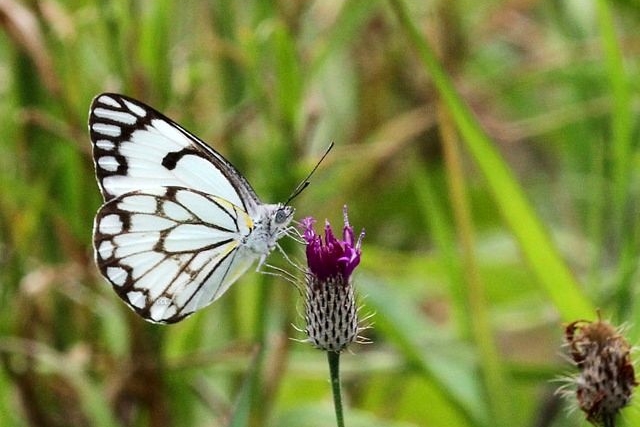 © leachy
© leachyKruger National Park
Description
Wingspan: ♂ 40–45 mm ♀ 42–50 mm. Hindwing veins on the underside broadly brown.
Males white, with black-tipped, white-spotted forewings, black comma at end of forewing cell. White spotted black outer margin to hind wings; veins of hind wings and black areas of fore wings outlined with brown on underside.
Females with more extensive black markings and no white on black fore wing tip; underside of wings with patches of yellow in addition to black markings.
Distribution
Common and widespread species that migrates in vast numbers almost every year: numbers grow in home areas until overcrowding triggers lemming-type migration, usually Dec–Feb, in a northeasterly direction. Bad weather usually brings these migrations to a halt.
Habitat
Widespread in open country. Both sexes found feeding on flowers or on damp sand or mud.
Biology
Flight period: Year-round in home areas.
Larval food plant includes Boscia spp, Maerua spp, and Capparis spp.
Links: Mike Picker, Charles Griffiths, Alan Weaving: Field Guide to Insects of South Africa; Ivor Migdoll's Field Guide to the Butterflies of Southern Africa
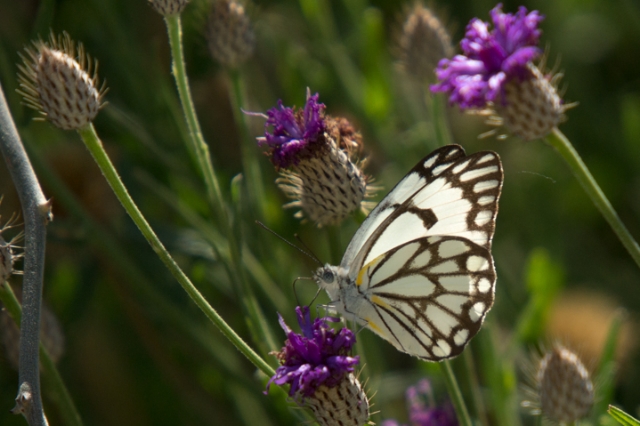 © Kesheshe
© KeshesheKruger National Park
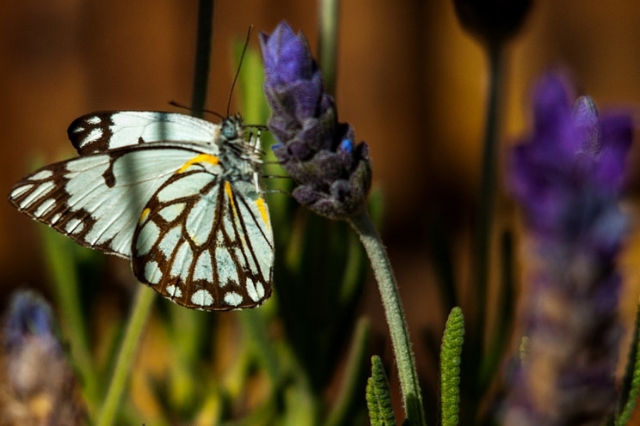 © steamtrainfan
© steamtrainfanGarden in Pretoria
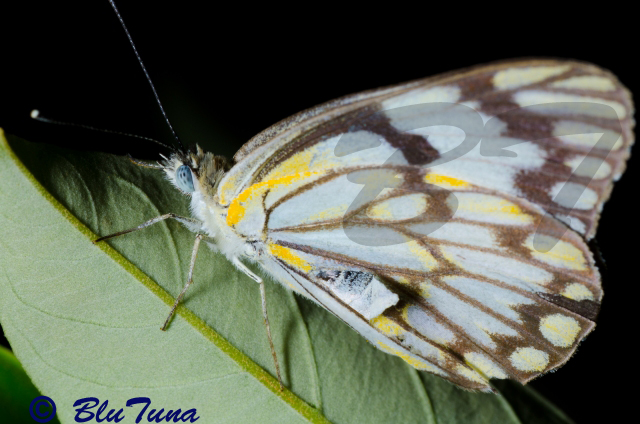 © BluTuna
© BluTunaGarden in Johannesburg
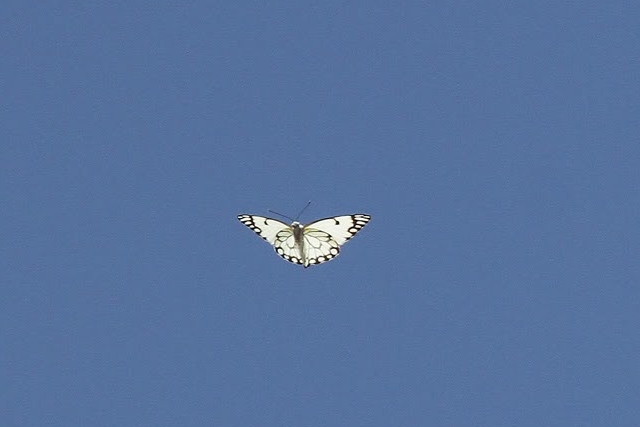 © leachy
© leachy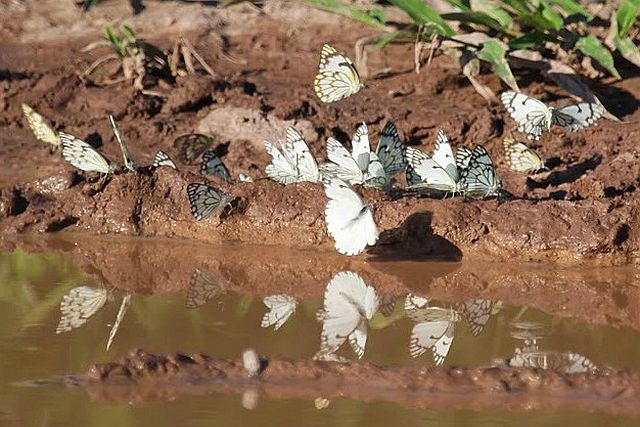 © leachy
© leachyKruger National Park
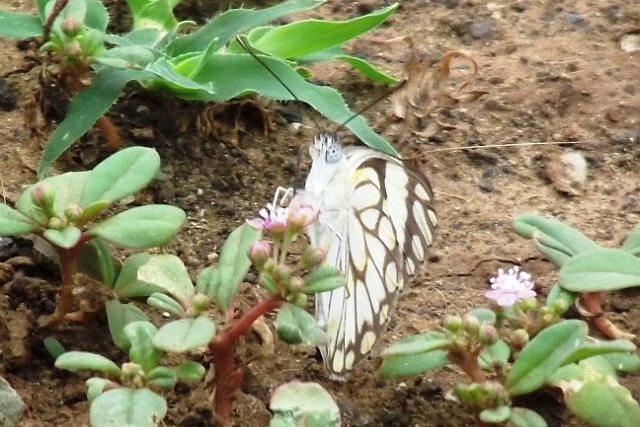 © mposthumus
© mposthumus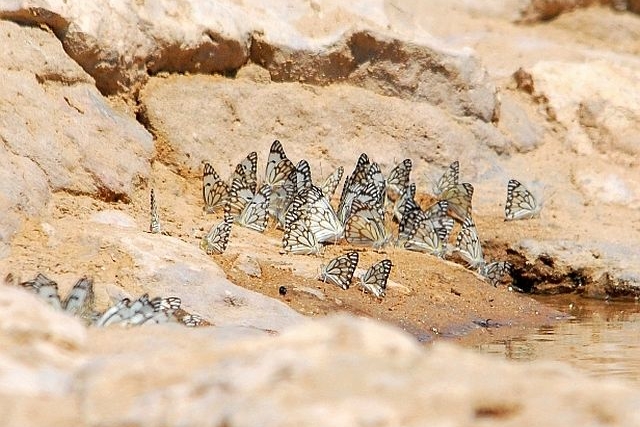 © Mel
© MelUnion's End Waterhole, Kgalagadi Transfrontier Park
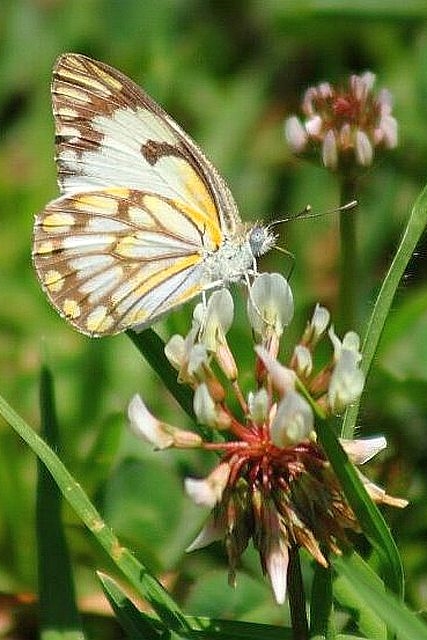 © Flutterby
© Flutterby


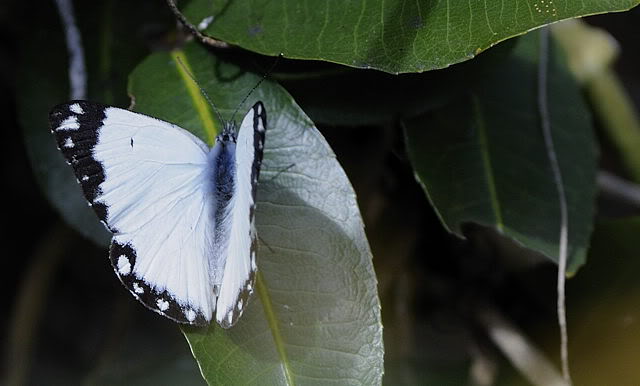 © Dewi
© Dewi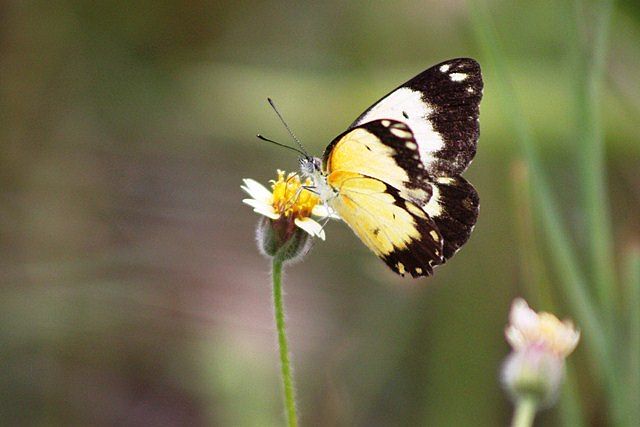 © Heksie
© Heksie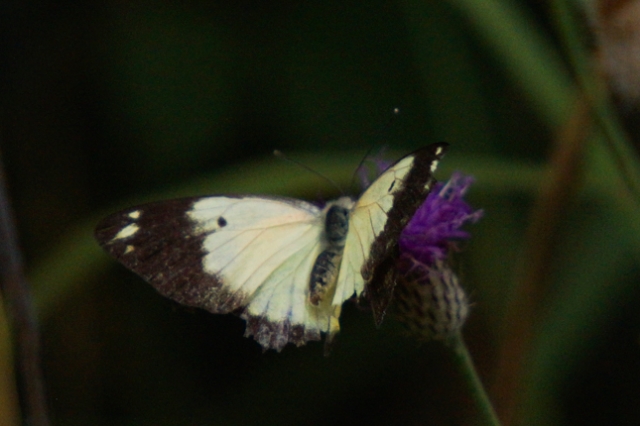 © Kesheshe
© Kesheshe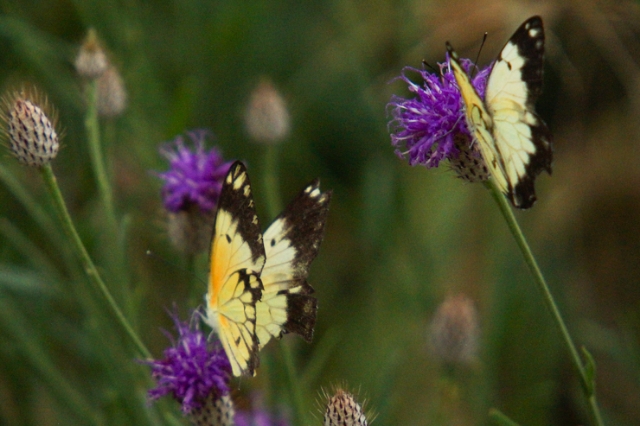 © Kesheshe
© Kesheshe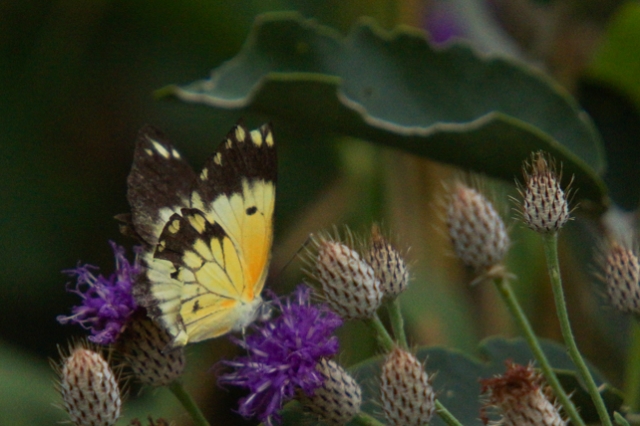 © Kesheshe
© Kesheshe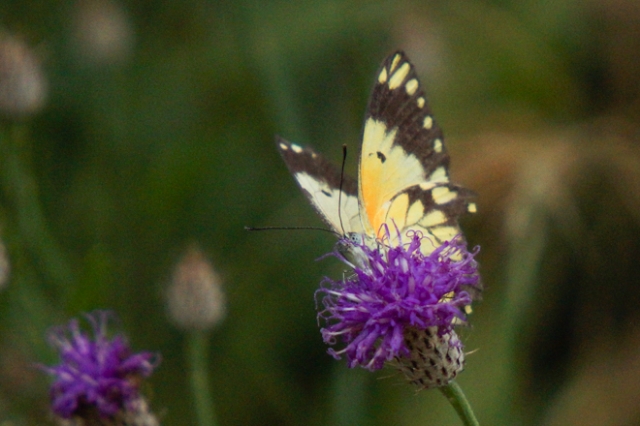 © Kesheshe
© Kesheshe © Kesheshe
© Kesheshe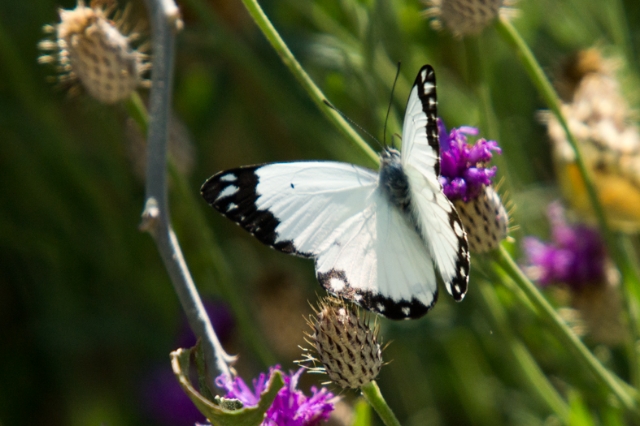 © Kesheshe
© Kesheshe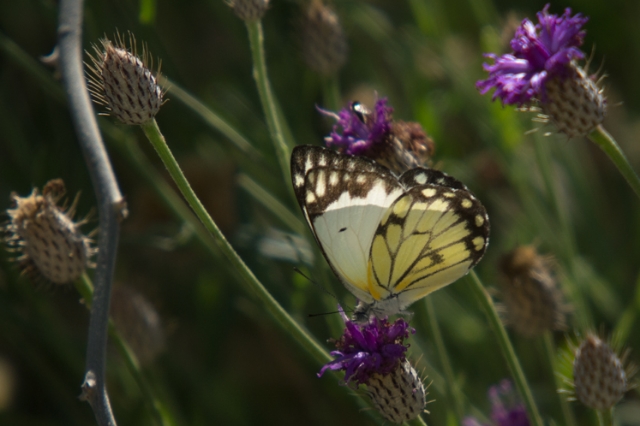 © Kesheshe
© Kesheshe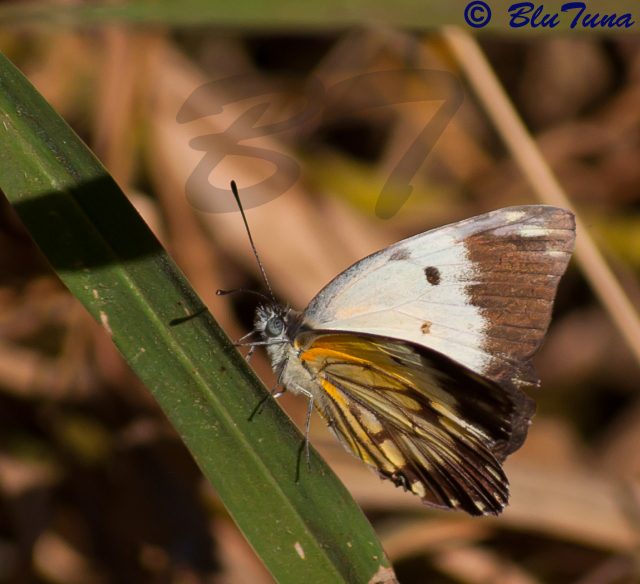 © BluTuna
© BluTuna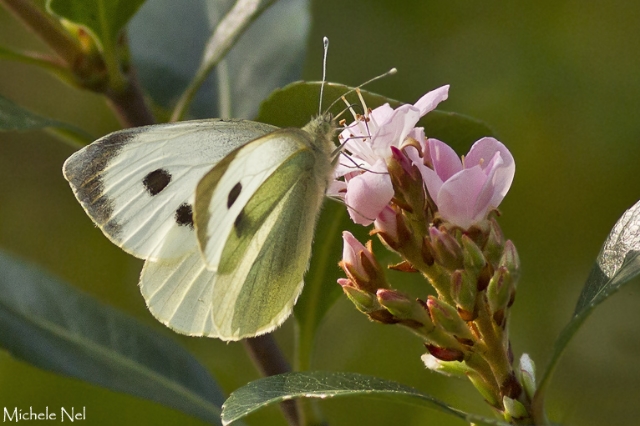 © Michele Nel
© Michele Nel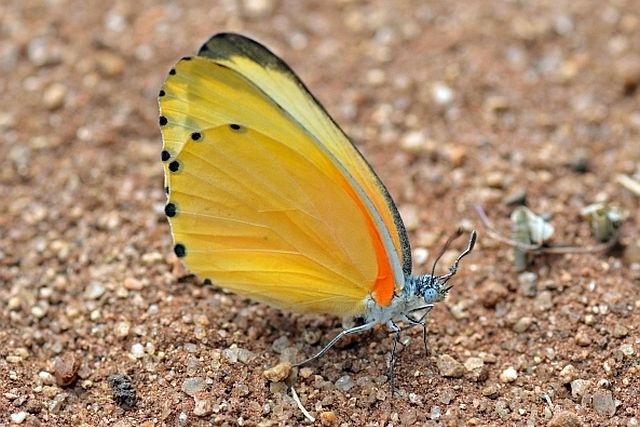 © BluTuna
© BluTuna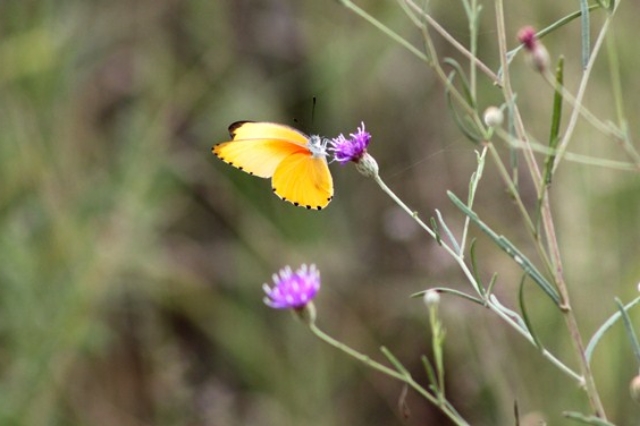 © Heksie
© Heksie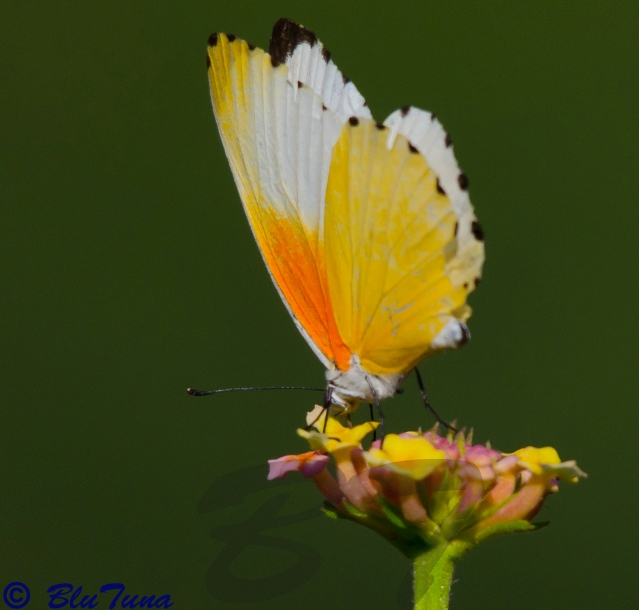 © BluTuna
© BluTuna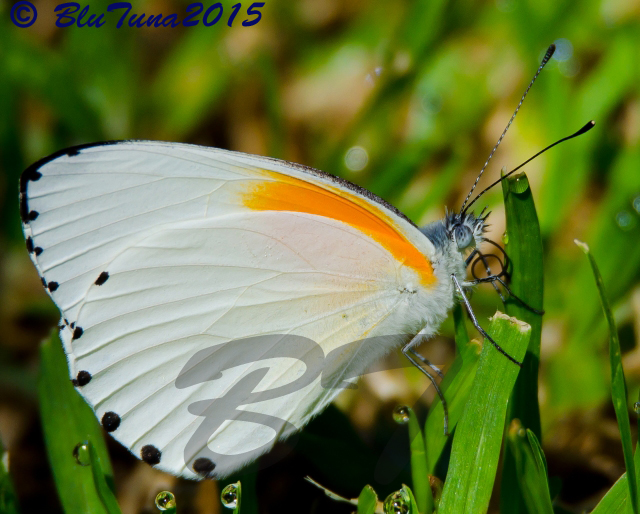 © BluTuna
© BluTuna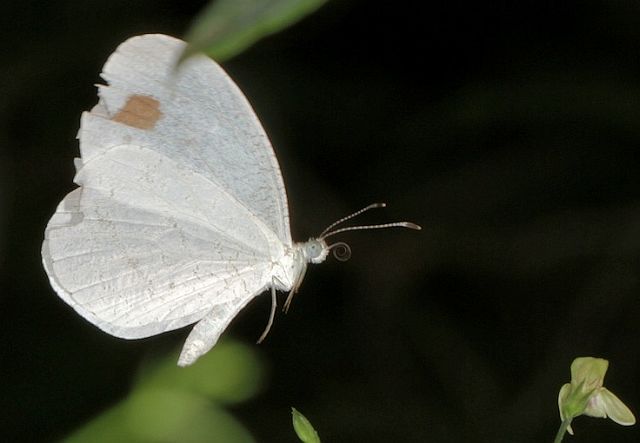 © wynand
© wynand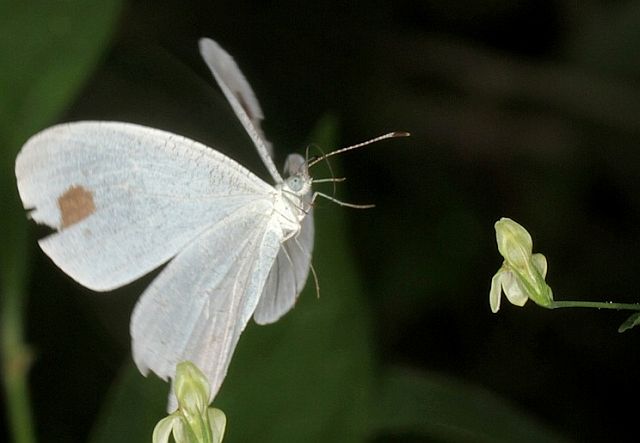 © wynand
© wynand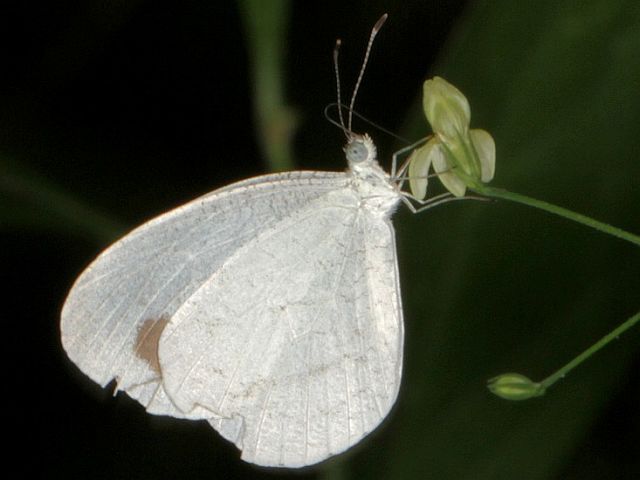 © wynand
© wynand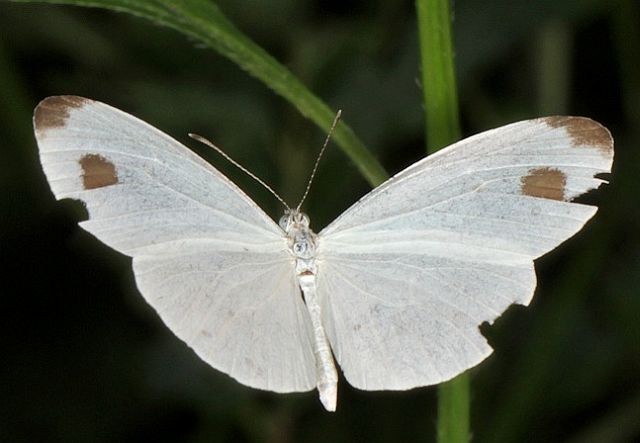 © wynand
© wynand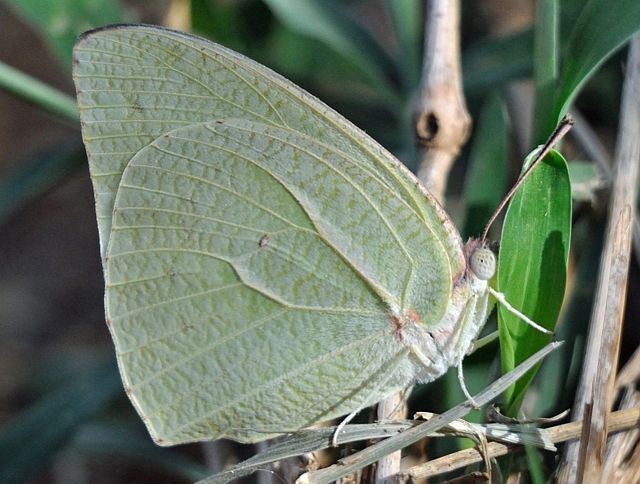 © BluTuna
© BluTuna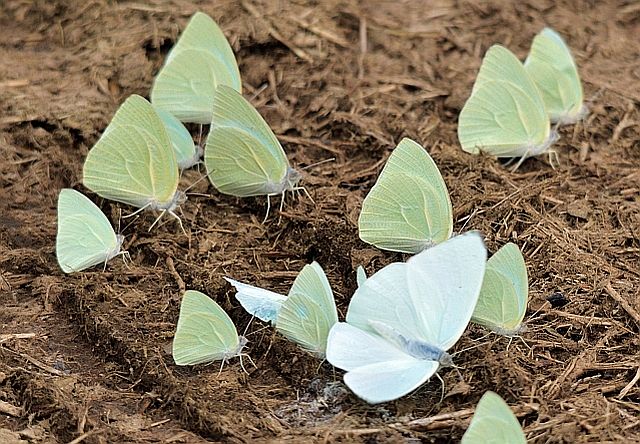 © BluTuna
© BluTuna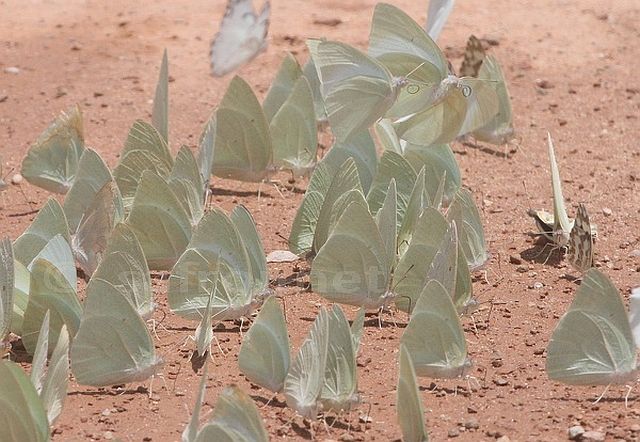 © nan
© nan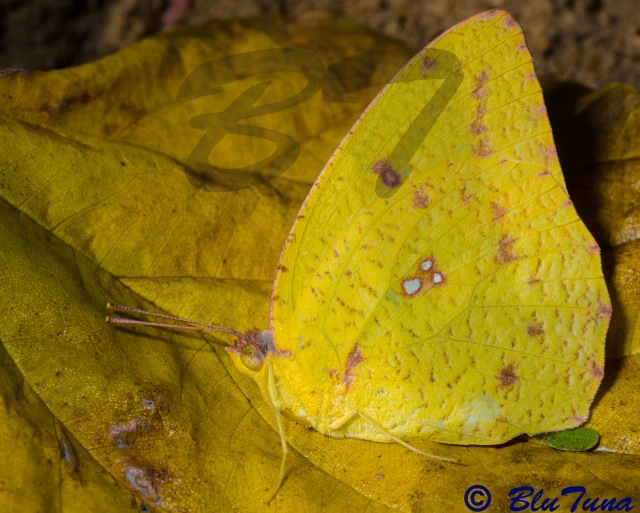 © BluTuna
© BluTuna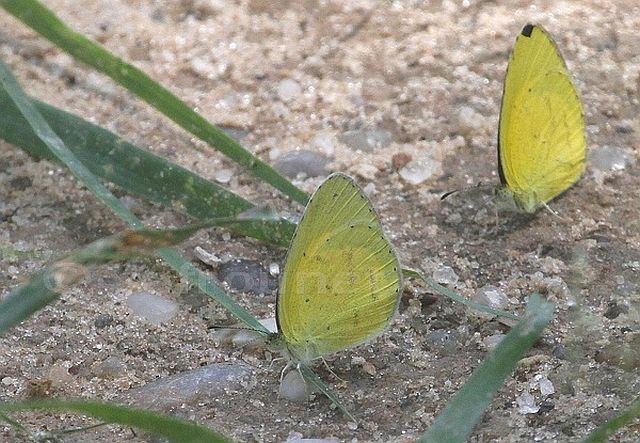 © nan
© nan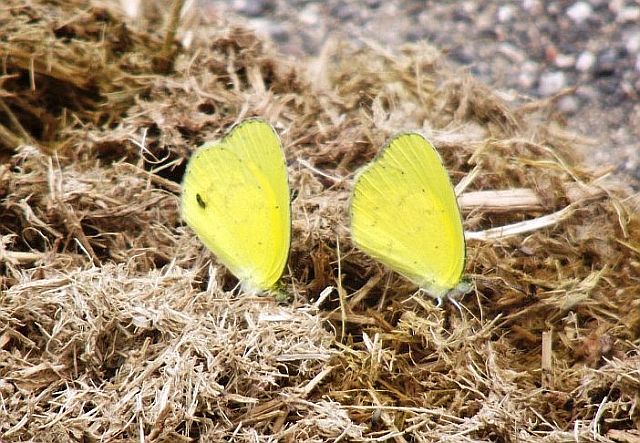 © mposthumus
© mposthumus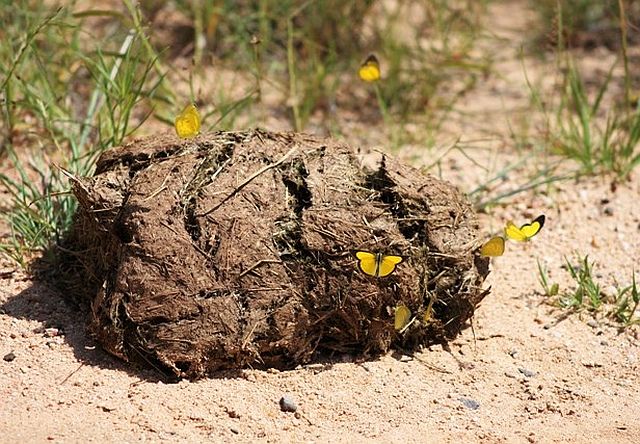 © Heksie
© Heksie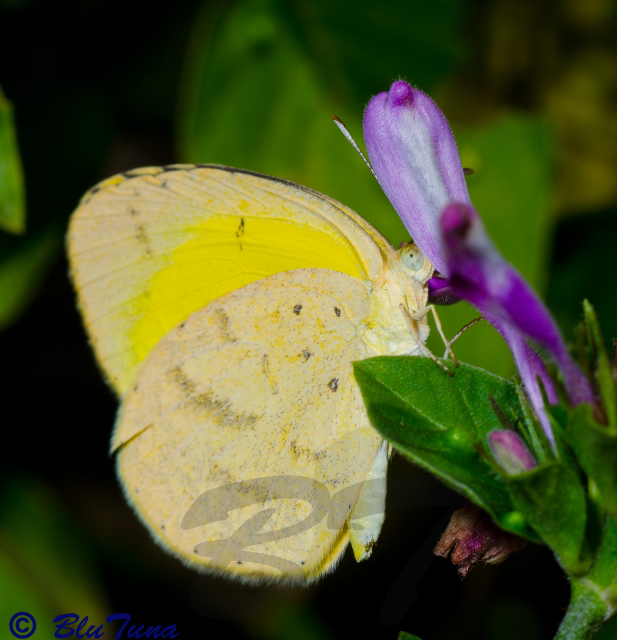 © BluTuna
© BluTuna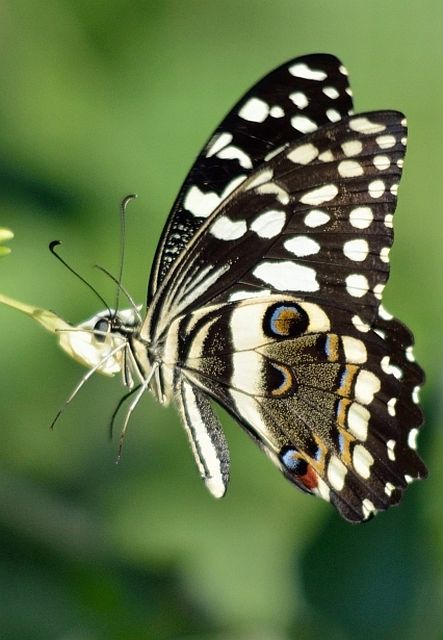 © BluTuna
© BluTuna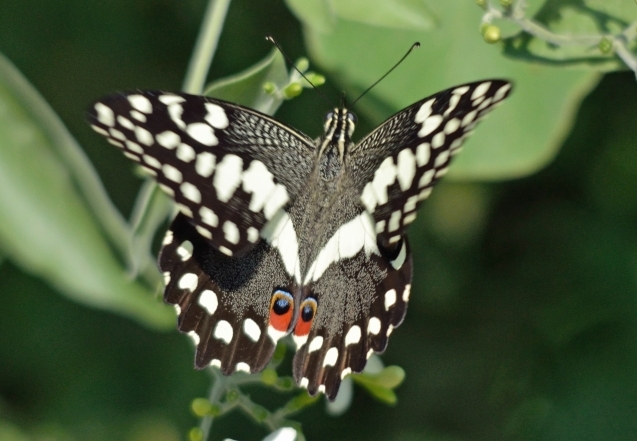 © BluTuna
© BluTuna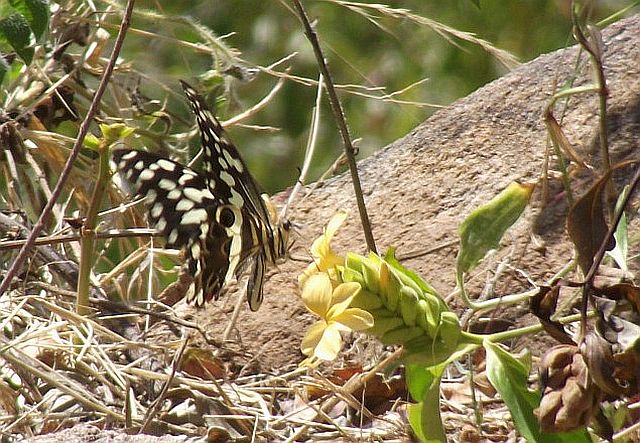 © mposthumus
© mposthumus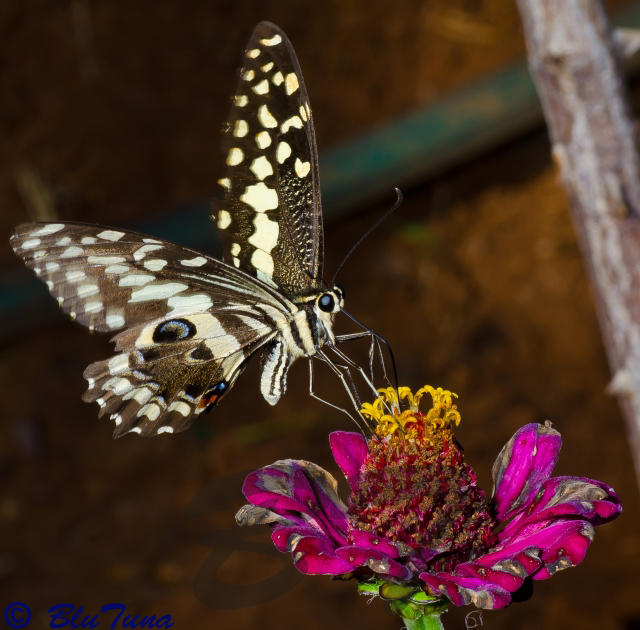 © BluTuna
© BluTuna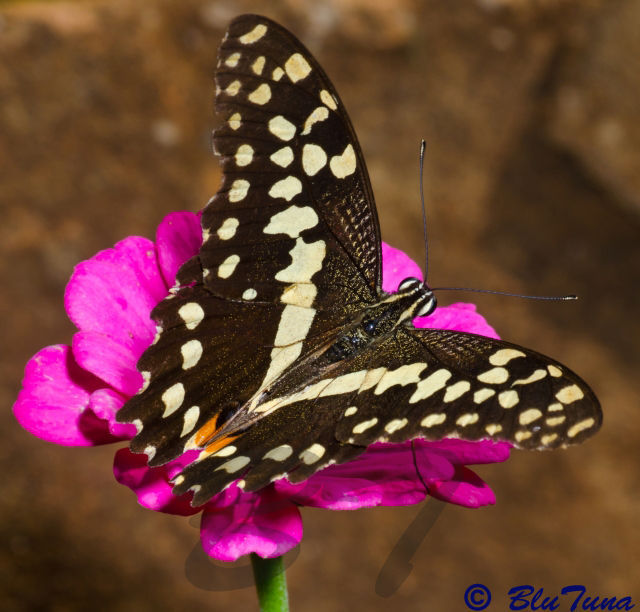 © BluTuna
© BluTuna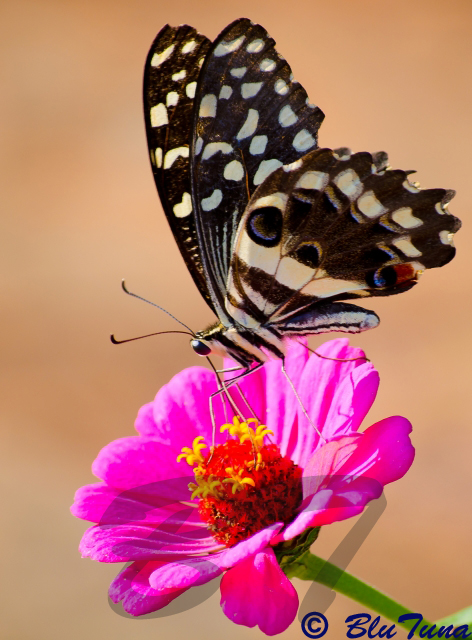 © BluTuna
© BluTuna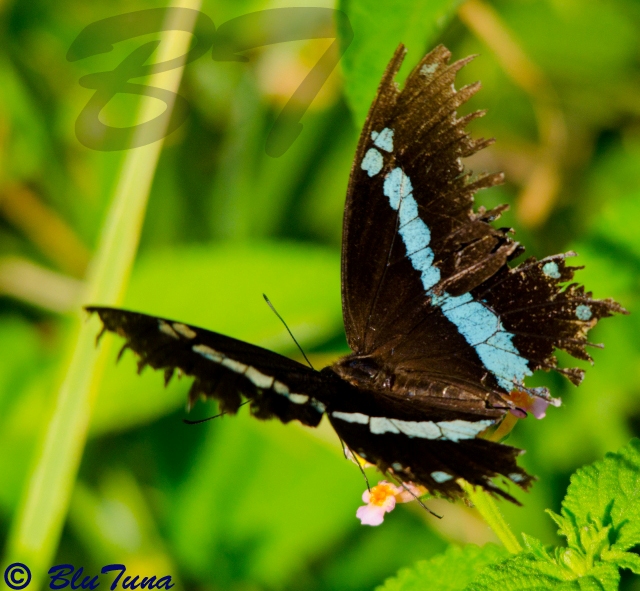 © BluTuna
© BluTuna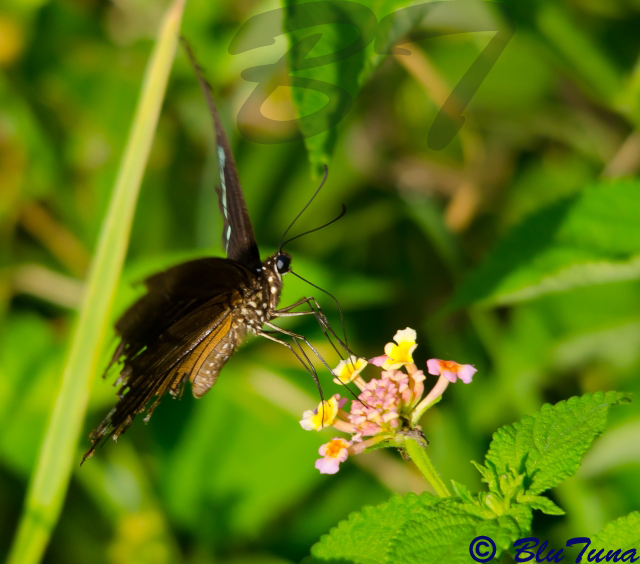 © BluTuna
© BluTuna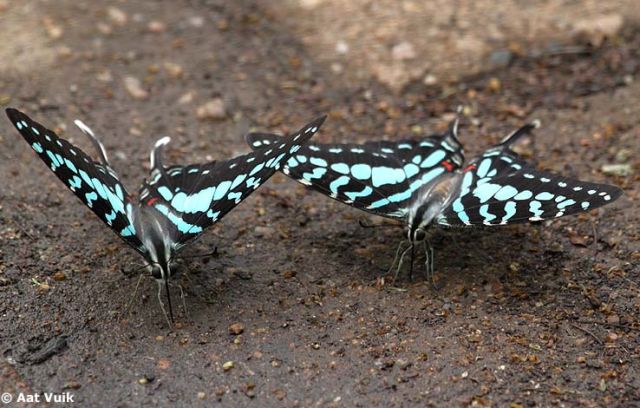 © aat
© aat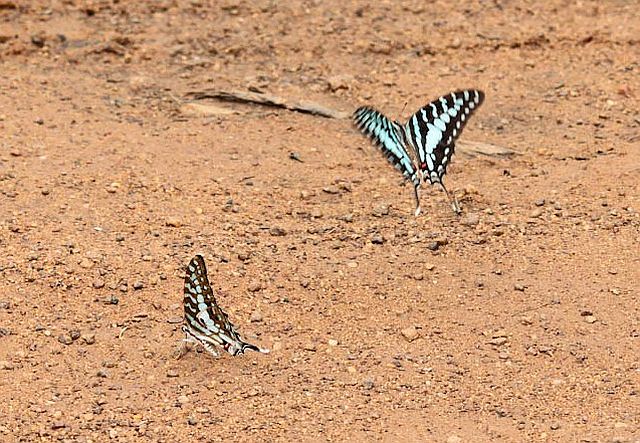 © Super Mongoose
© Super Mongoose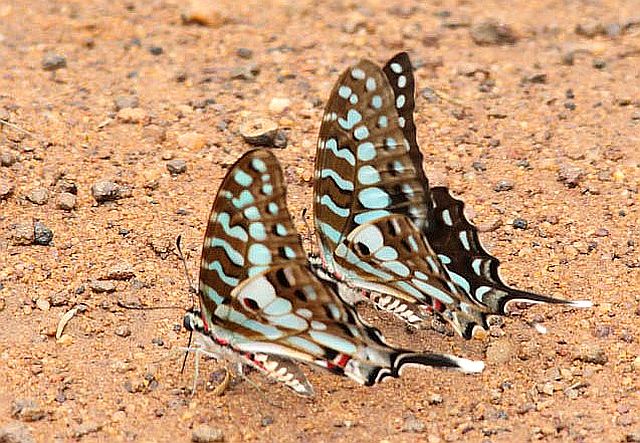 © Super Mongoose
© Super Mongoose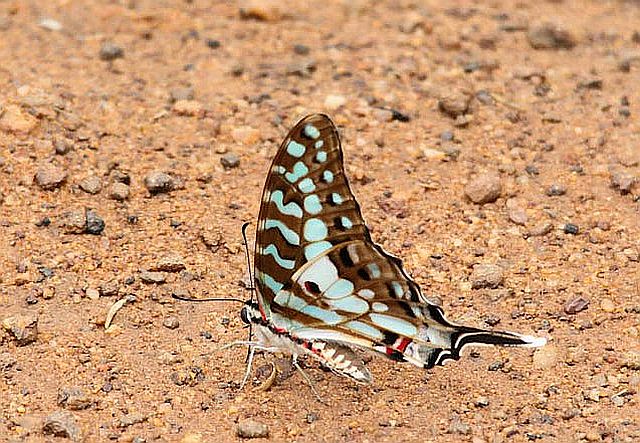 © Super Mongoose
© Super Mongoose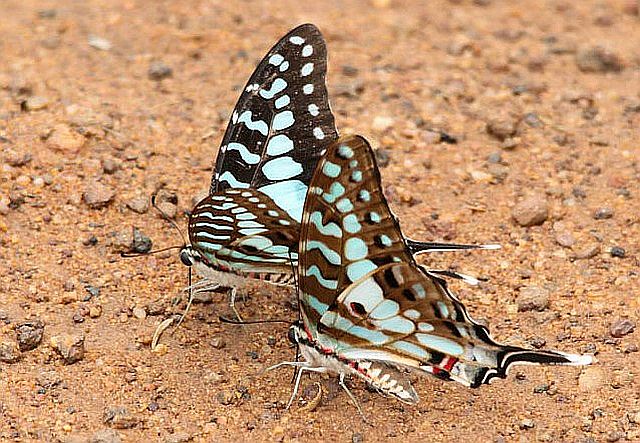 © Super Mongoose
© Super Mongoose